In the very last minute of its earnings call question and answer session with analysts, Apple's chief executive Tim Cook addressed "iOS in the Car," the company's strategy for automotive, calling it "very, very important" and a "key focus for us." Here's why.
This first segment details the origins of iOS in the Car and how Apple details it will work. A second segment examines the competition Apple faces in automotive and why it's pushing so hard for an immediate launch next year, and an editorial examines the strategic importance of Apple's iOS in the Car
What if Apple just came out and told you what it was doing next?
It's telling that the group of Apple analysts on the call, who have long been digging at Apple for clues as to what it might do next (netbooks? TVs? watches?) didn't think to bring up iOS in the Car until literally the last minute of the call.
This is particularly noteworthy given that iOS in the Car was publicly outed last month in the company's Worldwide Developer Conference keynote, where a detailed overview of its features were provided by Eddy Cue, Apple's senior vice president of Internet Software and Services, the group that manages iTunes, iCloud, the App Store, iMessages, Siri and Maps."It's something that people want. And I think that Apple can do this in a unique way, and better than anyone else. And so it's a key focus for us." - Tim Cook
Asked by Raymond James analyst Tavis McCourt if iOS in the Car was a "licensing opportunity" or what the "strategic relevance" of it might be, Cook answered, "I see it as very important."
Cook explained, "It is a part of the ecosystem. And so just like the App Store is a key part of the ecosystem, and iTunes and all of our content is key, and the services we provide from messaging to Siri and so forth, having something in the automobile is very very important. It's something that people want. And I think that Apple can do this in a unique way, and better than anyone else. And so it's a key focus for us."
That's certainly a stronger endorsement than Cook's recent descriptions of the state of Apple TV, which have morphed from a "hobby" to being "a string we keep pulling to see where it takes us."
The origins of iOS in the Car
iOS in the Car appears to be Apple's first significant new hardware product that isn't a standalone device. It's an outgrowth of the company's car integration features, which originated as a way to control music playback from the iPod.
Between the iPod's release in 2001 up until 2003, Apple experimented with basic serial interfaces, starting with iPod Accessory Protocol. This morphed into the more sophisticated Advanced iPod Remote (AiR) with the capacity to depict artist and title information, navigate songs within a playlist, handle shuffle playback and even show album art.
In 2004, Apple launched a program with BMW to provide USB iPod integration in its BMW and Mini vehicles, followed by a 2005 announcement of partnerships with Mercedes-Benz, Volvo, Nissan, Alfa Romeo and Ferrari.
In 2007, Apple launched the new iPhone and iPod touch, adding support for Bluetooth integration to control audio playback and support phone calls. In 2010, Apple upgraded its auto integration with iOS 4's "iPod Out," a feature designed to present Apple's familiar iPod interface on a car's built in display.
By that point however, the success of the iPhone and iPod touch were eclipsing more basic iPods, so presenting a simple "classic iPod" as the only interface for vehicle playback ended up a short-lived objective. Additionally, there has been increasing interest by government safety officials to reduce the dangers of distracted driving.
In response, last summer Apple launched a new initiative designed to focus on iOS by integrating iOS 5's Siri feature into automobiles as a voice-only interface branded "Eyes Free."
Apple's focus on Siri and the new Maps in iOS 6 led AppleInsider to predict last winter that Apple's next major market for iOS was likely to be in automotive, noting that Apple is now "in a position to offer a vehicle's entire entertainment system with the release of Siri-integrated Maps in iOS 6."
Apple introduces iOS in the Car
It's therefore fitting that the enhanced new features of Siri in iOS 7 served as a segue for Cue to introduce iOS in the Car at WWDC. "Siri is also a big part of our next feature, 'iOS in the Car,'" Cue announced to developer applause.
"Now, 95% of cars sold today have integrated music playback and control from an iOS device," Cue said. "But we want to take this integration to a whole 'nother level. What if you could get iOS on the screen that is built into your car?"
iOS in the Car expands upon Siri Eyes Free integration, which Apple introduced last summer with the release of iOS 6, by actually installing iOS in the dash. Apple depicts iOS in the Car as running on a dash-integrated screen installed above a physical power button. In the bezel on either side of the power button, Apple depicts what appears to be LED-illuminated Volume and Home controls.
Cue highlighted a series of features iOS in the Car will support, including the ability to "get phone calls, play music, go to Maps, get your iMessages right on the screen of your car, or Eyes Free using Siri." As Cue spoke, Apple depicted iOS in the Car features in a series of slides, which it now presents on its iOS 7 preview website with additional detail.
In addition to initiating a phone call Eyes Free via Siri, as Cue demonstrated on stage, Apple's site notes that "Siri will play back your voicemail and return missed calls, if you ask."
In addition to playing music, again Eyes Free via Siri, through a specific song title request, as Cue demonstrated, Apple now states that you will be able to "use your car's onboard controls for your music, including iTunes Radio, audiobooks, podcasts, third-party audio apps, and more."
In addition "going to maps," Apple highlights that iOS in the Car will give you turn-by-turn directions, and even "knows when you're leaving home for work — or vice versa — and displays traffic conditions and your ETA with Maps."
Additionally, Apple notes that iOS in the Car will feature the same kind of Apple Data Detectors integration AppleInsider profiled as a new feature in both the upcoming OS X Mavericks and iOS 7, stating that you can "enter an address or let iOS in the Car serve up any address you received in an email or text" (emphasis ours).
Finally, in addition "getting your iMessages," Apple notes that "text messages appear right on your car's display. Siri can read them to you while you listen over your car's speakers. And to reply, just dictate to Siri."
Here's the new iOS form factor you've been waiting for
In the screen shots above, Apple depicts iOS in the Car as having an appearance similar to iOS 7 running on an iPhone, yet it's also as different as the iPhone is from iPad. For example, there's a software home button centered on the bottom of the landscape-oriented display.
Also, typical features of the iOS top title bar, including the mobile carrier strength, current time and battery level are presented on the bottom of the screen. It's also interesting that Apple presents mobile signal strength at all, suggesting that iOS in the Car might require its own data plan.
It's possible the display is simply relaying the signal and battery life of a tethered iOS device that's providing the data signal. That would also explain why a car's built-in display would need to have a battery strength indicator, and potentially harmonize with discovered details pointing to AirPlay support over both WiFi and USB in iOS 7 running on mobile devices.
At the same time, if iOS in the Car necessitated a tethered mobile link to work, it simply wouldn't work for a lot of people who don't (or can't) use tethering on their mobile plan. Apple hasn't publicly announced how iOS in the Car will work with data carriers, but lots of high end cars already include basic 3G data service to support certain features, including navigation and emergency assistance. This is sometimes paid for by a subscription service, or simply bundled into the cost of the vehicle, similar to Amazon's "Whispernet" service for its e-ink Kindle devices.
A new UI for iOS
The user interface of iOS in the Car is also different from iOS devices in other subtle ways, from the "X" close button to dismiss the "traffic overview" panel (shown previously) to the round, easy to target buttons presented for audibly playing an incoming message or to activate 3D persecutive in Maps.
This new user interface is even more evident in the Maps slide shown at WWDC, which presented familiar controls in an auto-optimized layout (above). In contrast with iOS 7 Maps on an iPhone (below), the car display shows larger, simpler icons for search, recent locations, bookmarks and information, as well as simplified location centering and zoom buttons that will likely replace the precise pinch gestures that make sense on a handheld device but not on a dash mounted screen.
The conventional iOS 7 Maps interface for mobile devices not only positions controls differently, but also invites typing text into a search field (a feature that appears to be replaced with Siri or by selecting recent, saved or suggested location bookmarks), as well as offering other features that aren't really car-appropriate, such as Twitter sharing and AirPrint (no word on whether iOS in the Car maps will support satellite or Flyover imagery, but it will no doubt include iOS 7's new night mode).
How iOS in the Car presents Maps is also dashboard-optimized, with fewer location labels and more apparent street labels when compared to iOS 7 on an iPhone at a similar zoom level. Specifically, there are more parking locations highlighted, a similar number of significant landmarks (albeit without a lot of text), but no transit stops and none of the many schools, coffee shops, hotels, bars (and Apple Store) labels that make Maps on the iPhone too busy to easily read with a quick glance.
In general, iOS in the Car also appears to lack the conventional Home Screen of Apple's iPhone and iPad, using Siri as its default interface instead. Additionally, the phone screen is missing three buttons on the iPhone when making calls: there's (understandably) no FaceTime or Speakerphone button, but there's also none for Contacts, reminding you that iOS in the Car is designed to be navigated by voice through Siri, rather than being a busy interface full of buttons to fuel distracted driving.
This means Apple now has four distinct user interfaces: one for Macs, one for iPhone and iPod touch; one for iPad, and a familiar but new Siri-centric, iOS for the Car user environment thoughtfully optimized for safer, Eyes Free automotive use.
The next segment Why Apple is revving iOS in the Car for an aggressive 2014 launch examines the competition Apple faces in automotive and why it's pushing so hard for an immediate launch next year, and an editorial examines the strategic importance of Apple's iOS in the Car.
 Daniel Eran Dilger
Daniel Eran Dilger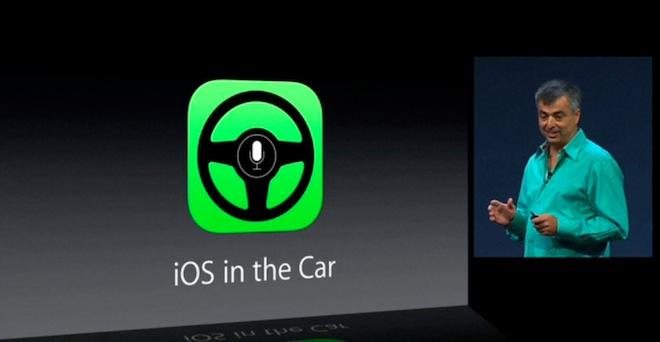
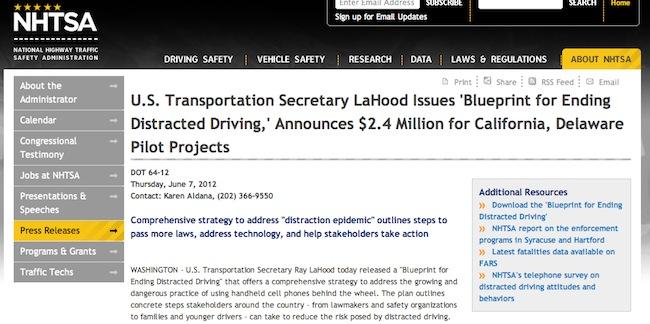
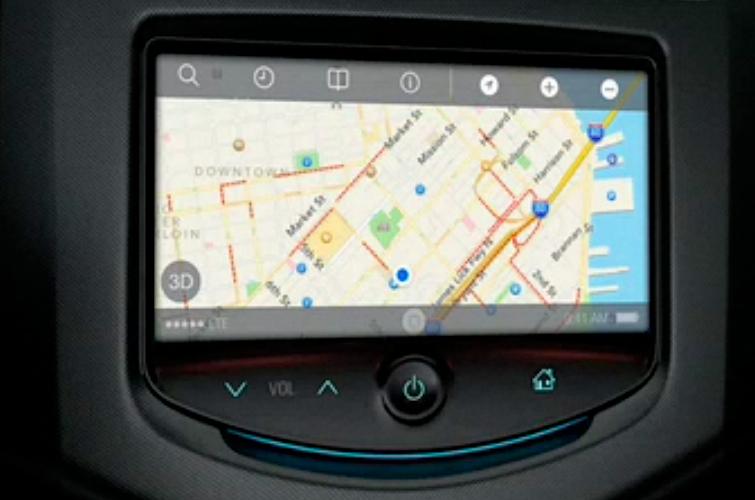
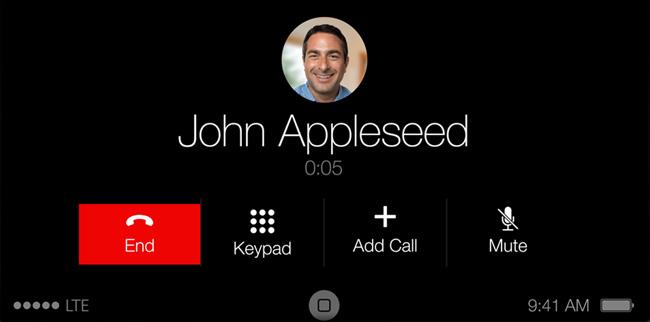
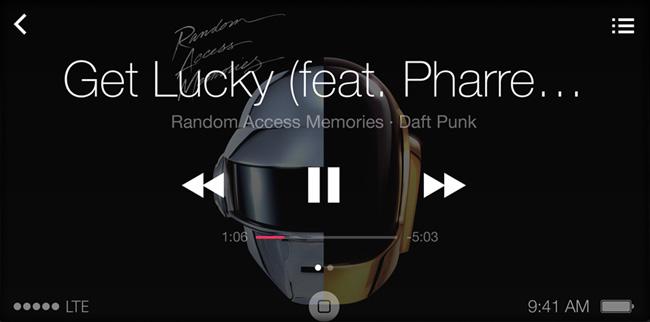
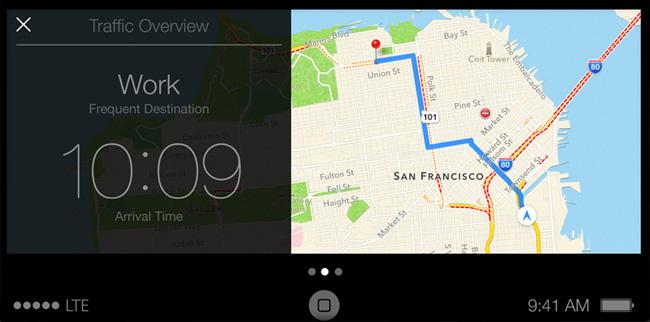
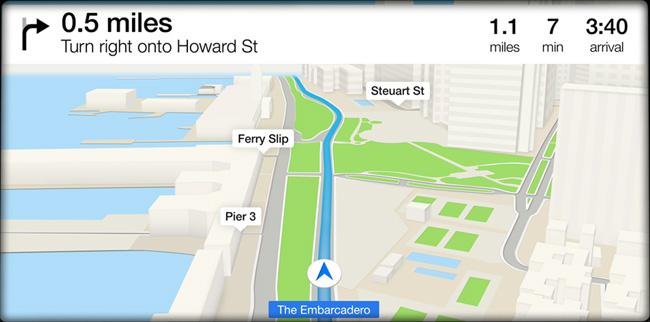
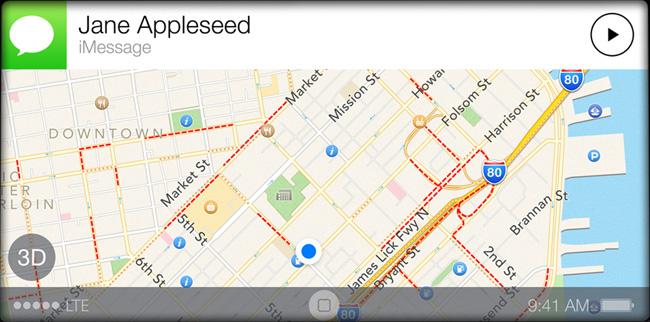
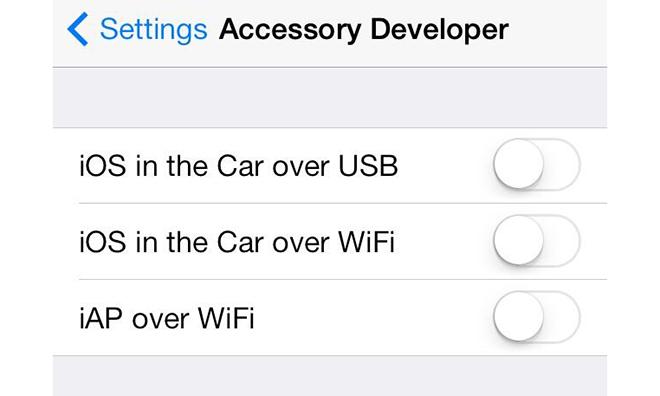
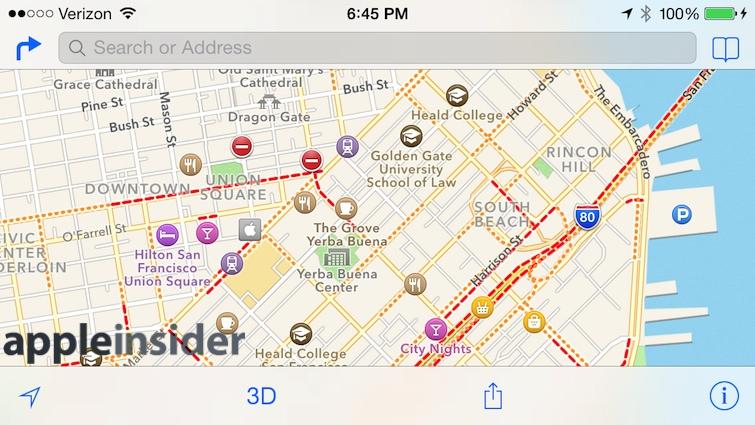







-m.jpg)






 Charles Martin
Charles Martin
 Christine McKee
Christine McKee
 Wesley Hilliard
Wesley Hilliard
 Malcolm Owen
Malcolm Owen
 Andrew Orr
Andrew Orr
 William Gallagher
William Gallagher
 Sponsored Content
Sponsored Content







104 Comments
I think cars will self-drive in a few years, and when they do the passengers will need entertainment. That's why all these electronics companies are getting in to it.
Definitely an exciting development. The GPS in both BMWs and Mercedes (and probably other cars) uses overly basic top-down views, and still use DVDs for the data (at least that's true in Australia, not sure about elsewhere). Miles behind $100 GPS systems, which just seems ridiculous. Cutting all of that out, and leaving these features to your phone, seems like a great option. Improvements happen much faster too - who wants to go to a dealer to get an Annual DVD for your maps?
I can imagine the serious violations of personal details and information Apple is going to have to deal with once this device comes to fruition.
Definitely an exciting development. The GPS in both BMWs and Mercedes (and probably other cars) uses overly basic top-down views, and still use DVDs for the data (at least that's true in Australia, not sure about elsewhere). Miles behind $100 GPS systems, which just seems ridiculous. Cutting all of that out, and leaving these features to your phone, seems like a great option. Improvements happen much faster too - who wants to go to a dealer to get an Annual DVD for your maps?
The GPS inside my 2013 3 series is on a HDD, not a DVD.
BMW's navigation can also show some 3D buildings and update traffic.
The iDrive 4.2 (with touch enabled controller) inside 2014 models will be able to do even more.
Personally I hate using a touchscreen while driving. iDrive's controller is great.
The GPS inside my 2013 3 series is on a HDD, not a DVD.
BMW's navigation can also show some 3D buildings and update traffic.
The iDrive 4.2 (with touch enabled controller) inside 2014 models will be able to do even more.
Personally I hate using a touchscreen while driving. iDrive's controller is great.
Sounds like they might actually be getting somewhere. My 5 series from a few years' ago was DVD, and my Mercedes that is less than a year old has DVD. Could just be in Australia. We are a backwater for quite a lot of technology. Good weather, moderately uncorrupt democracy, but average technology ;)